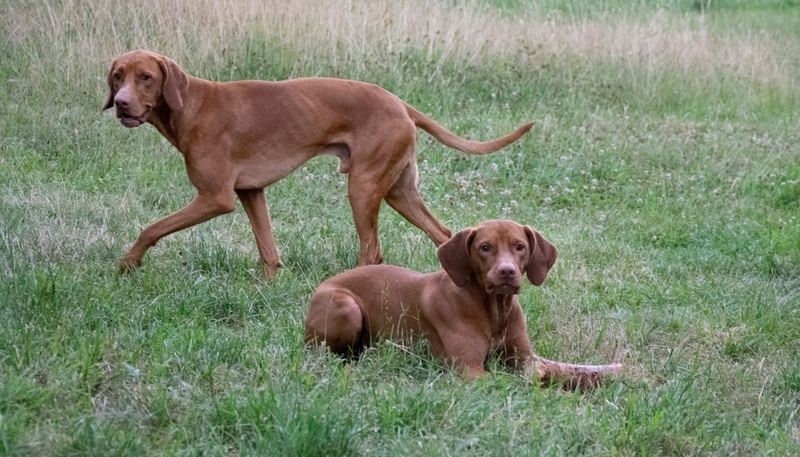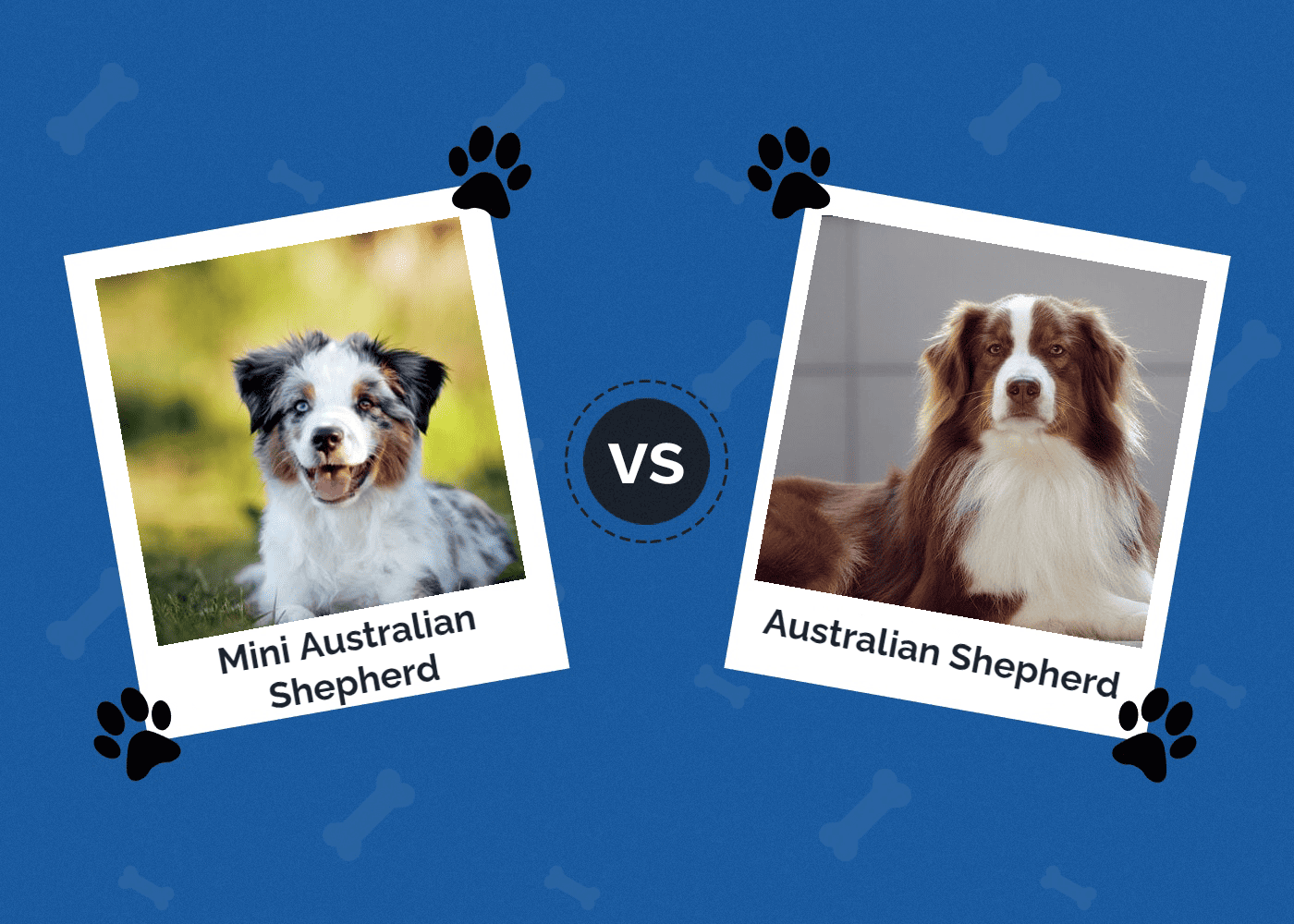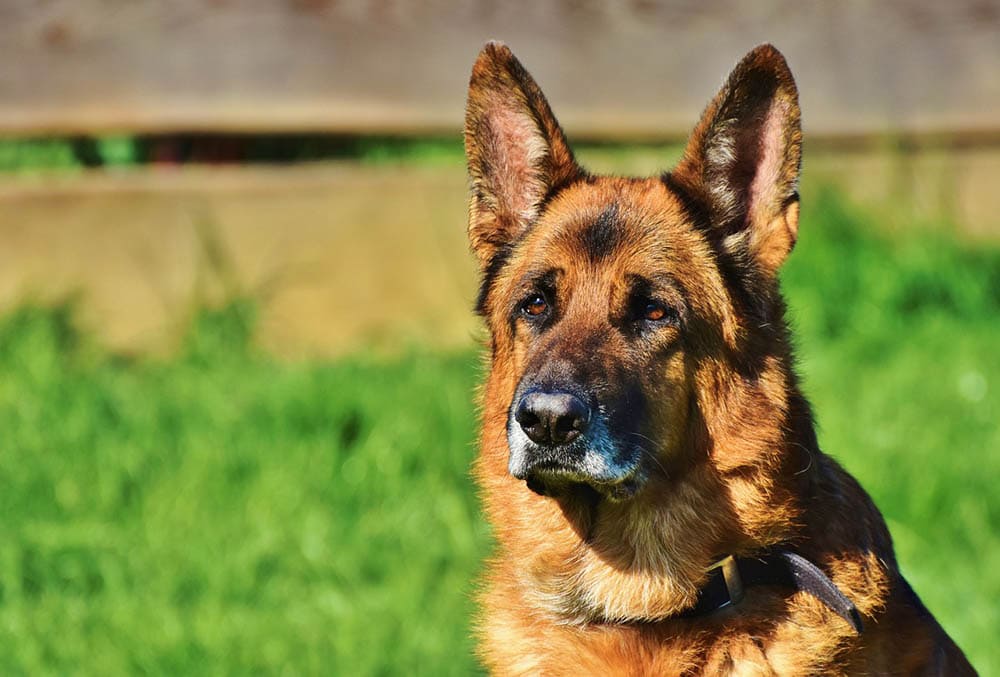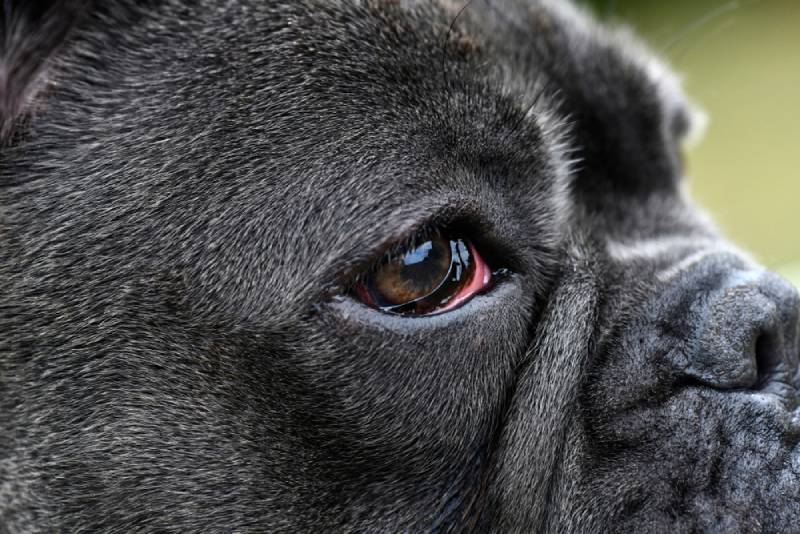How Long Do Vizslas Live? Average Lifespan, Data & Care Guide
By Shana Loven
Updated on

Click to Skip Ahead
The popular Vizsla is the picture of a lean hunting dog that has only grown in popularity since its introduction to the U.S. in the 1950s. Known for its athleticism, the Vizsla is a versatile dog that is high-energy and needs a high-energy family to keep up with it. There is much to learn about the Vizsla before bringing one home, so read on to learn more about what to expect during the long lifespan of this energetic dog. Vizslas tend to live a long and healthy life of roughly 12 to 15 years.1
Why Do Some Vizslas Live Longer Than Others
1. Nutrition
Vizslas are high-energy dogs who need a dog food that can supply them with all the vitamins and nutrients it burns through activity. A commercial high-quality dog food, or home-prepared dog food that is vet approved, should meet the caloric needs of the dog based on age. Many young Vizslas need 4 to 5 cups of food a day to meet their nutrition requirements while older dogs may only need 2 to 2½ cups of food per day.2 Vizslas can become overweight if they’re not as active as they once were, so always adjust the food accordingly.

2. Training and Exercise
Vizslas will need to start training at a young age because they’re hunting dogs that need a “job,” so mental and physical exercise will be essential for a happy household. They love their owner’s attention and will thrive in a positive-reinforcement training class where they receive lots of praise for a job well done. Vizslas also tend to enjoy classes where they can use their innate tracking and hunting skills. Agility, field trials, rally, barn hunts, scent work, and tracking are all possible courses that your pet may enjoy that will also stimulate their brains.
Most Vizslas will need at least 30 minutes of exercise a day with an opportunity to run often. They make good jogging and running partners once they reach 18 to 24 months of age- always check with your vet first to ensure that your pet is physically mature to handle running with you.
3. Enclosure Size/Living Quarters/Housing
Vizslas don’t do well as kennel dogs because they want to be with their owners at all times. That being said, Vizslas can be crate trained in the home if the crate is the right size for their height. Once you have the proper crate for your dog, they will enjoy a comfortable crate pad or bed to relax after a hard day of running around.
Vizslas are hunting dogs, and as such, smaller animals should be kept away from them. They will likely hunt any birds, rodents, or reptiles in the home, so they should be kept in a space where the Vizslas can’t reach them. They will generally tolerate other dogs and cats if well-socialized with them from a young age.

4. Size
Male Vizslas stand between 22 to 24 inches at the shoulder while females tend to stand between 21 to 23 inches tall at the shoulder. Males and females are both muscular and lean. They will reach their full size by 6 to 8 months but won’t be fully mature until around 1 to 2 years of age.
5. Sex
Spaying and neutering will help to reduce the likelihood of unwanted litters, as well as address a list of potential health issues that can arise if a dog isn’t “fixed.” Spaying a female can help prevent breast cancer and uterine cancer in your pet. Neutering a male Vizslas can help reduce the risk of testicular cancer or developing an enlarged prostate gland.

6. Genes
Vizslas tend to be healthy overall, but they can be prone to some genetic issues. One such issue is Progressive Retinal Atrophy (PRA), a disorder that causes the retina to deteriorate leading to a loss of eyesight. It’s not typically painful but can result in dilated pupils, bright light sensitivity, and night blindness.
Hypothyroidism results from a decrease in the hormones in the thyroid gland. If the thyroid isn’t producing enough hormones, your pet may become lethargic, develop ear and skin infections, and gain weight. Hypothyroidism can be treated with lifelong oral medication.
Always work with a reputable breeder to ensure that your pet isn’t inheriting any conditions that can be avoided through proper breeding protocols.
7. Breeding History
The health and breeding history will play an important factor in the health of your pup. Always use a reputable breeder that screens their dogs for a variety of health conditions. The breeder should also be willing to answer questions about the health of the parents throughout their lives, as well as any health issues with prior litters.

8. Healthcare
While generally healthy dogs, some health conditions may affect Vizslas as a result of genetics or aging. Recurring seizures caused by involuntary electrical brain activity are called epilepsy. Dogs with epilepsy can lead long, healthy lives if the condition is treated properly by their vet.
Another condition that can be common in medium- and large-breed dogs is hip dysplasia, which is caused by the hip’s ball not fitting properly in the docket. Hip Dysplasia can result in limited mobility, but treatment is available with the help of your veterinarian.
The 3 Life Stages of Vizslas
Puppy
This life stage usually lasts from birth until 1 to 2 years of age. Your pup will need lots of training and exercise to help them develop into a healthy dog. A high-quality diet during puppyhood will help your pup to develop strong muscles and bones for all the future activities these high-energy pups are going to need to keep them healthy and happy.

Adult
Vizslas usually reach adulthood around 1 to 2 years of age, depending on each dog’s individual maturity. The adult life stage lasts until the Vizsla is about 10 years old, but your pup will still have plenty of energy so be prepared to continue training, as well as any other additional dog sports.
Senior
A Vizsla is considered a senior dog once it reaches 10 years of age and is considered a senior until the end of its life. Your dog will likely still have plenty of energy in the first couple of years of seniorhood but will slow down gradually as it ages.

How to Tell Your Vizslas’ Age
Determining how old your Vizslas is as an owner is difficult without having the proper breeder paperwork. The easiest way to determine your Vizslas’ age is to take them to the veterinarian for a full examination. Age can be determined through a thorough examination of the teeth, as well as a variety of other factors.
Conclusion
Vizslas are lean hunting dogs that typically live anywhere from 12 to 15 years of age. To help expand your pet’s lifespan, make sure they have a nutritionally balanced diet, get lots of exercise, and get regular vet visits to catch any potential health issues as they age. If you take proper care of your Vizsla, they will be your loving companion for many years to come.
Featured Image Credit: keinerwarsgewesen, Shutterstock














